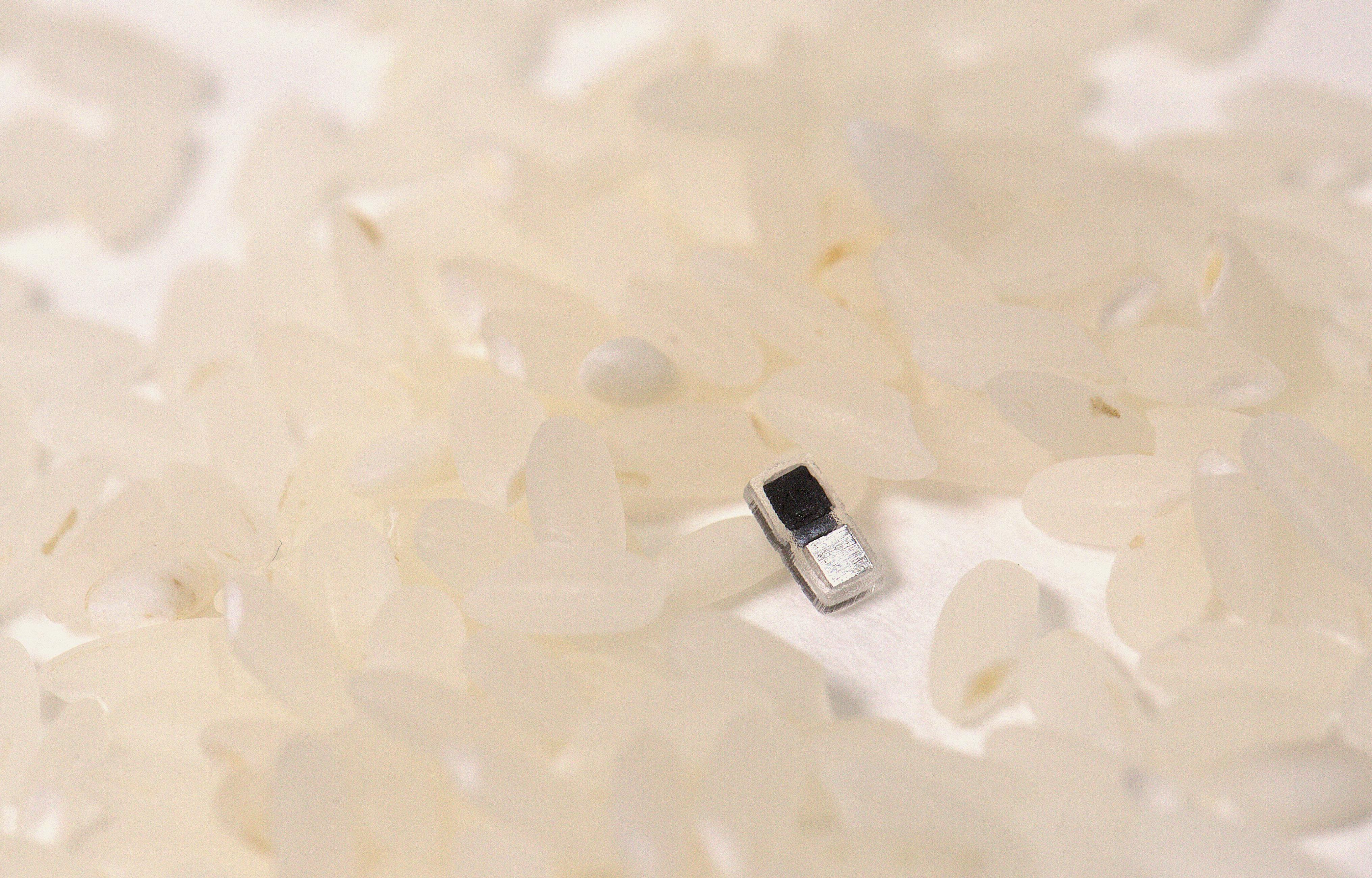The world’s smallest pacemaker
Gone are the days of bulky pacemakers. Imagine one the size of a grain of rice.

The story: Northwestern University engineers have designed a pacemaker so small it can be injected via syringe, eliminating the need for a more complex, invasive surgery.
- The tiny pacemaker is especially well-suited for infants with congenital heart defects.
- It works with the help of a wireless wearable attached to the patient’s chest. This wearable activates the pacemaker via a pulse of light when it senses an irregular heartbeat.
- The device also fully dissolves once it is no longer needed, creating a more sustainable, less invasive option for sustaining a young patient’s heart health as they grow.
The problem(s) with pacemakers: Pacemakers are incredible devices, allowing patients with arrhythmias and heart failure to live longer and healthier lives than they otherwise could. However, as with many implanted medical devices, they solve problems while often creating new ones.
- Traditional pacemakers don’t quite require open heart surgery, but placement still constitutes an invasive procedure. Cardiologists perform the procedure under local anesthesia, guiding leads through a vein via an incision near the collarbone. As with any invasive procedure, there are risks, including infection.
- Many people with pacemakers need them for life. But for those with only a temporary need for pacing, such as patients recovering from heart surgery, the additional removal procedure is cumbersome. A dissolvable pacemaker eliminates that extra risk.
- Pacemakers are especially challenging for young patients—especially infants—for whom many medical devices are inappropriately sized.
A tiny, dissolvable pacemaker thus embraces four-dimensional design, an approach to device development that accounts for an important component in biomedicine: time. As time passes, our bodies grow and change, especially for children.
Devices that are built with this aspect of human biology in mind will help many more patients lead healthier, medtech-enhanced lives—minus significant risk.